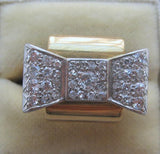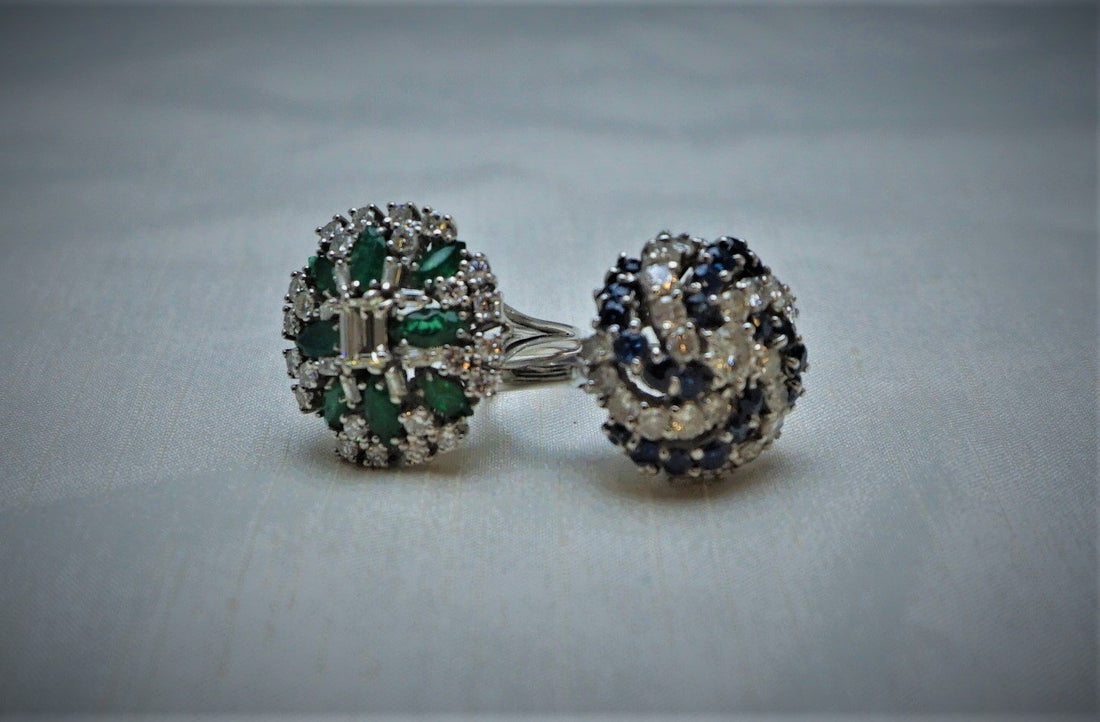The History Of The Cocktail Ring.
A cocktail ring larger than a normal ring and it is designed to draw attention with its size and colour. They usually have an oversized centre stone or a lot of small stones in their settings. They are three dimensional and sit high up off the finger.

Cocktail rings originated in the American prohibition era almost a century ago. The 1920’s was the decade that women gained the right to vote and the time many started to work away from their homes. The cocktail ring started as a bold statement, part rebellion and part status symbol.
This period has been referred to as the “Roaring 20s” and the “Jazz Age” as during this time alcohol was banned so illegal drinking parties took place, including cocktail parties. Hidden establishments were set up to sell illegal drinks, these were known as “speakeasies”. They were often run by gangsters and alcohol related crime intensified. Bootlegging was rife as the stopping of legal sales of liquor created demand for a forbidden supply.

The term ‘flapper’ was created referring to the women’s change in fashion. Short hair styles and short skirts replaced long dresses and restrictive corsets. Women wore make up, smoked, drank and danced the nights away to the latest jazz music.

Women would wear oversized rings to draw attention to the fact that they were sipping these illicit alcoholic beverages. Because a cocktail ring was not normally worn on the wedding finger it was also a way of flaunting their independence, as it was more than likely to have been bought with their own money.
The popularity of the cocktail ring grew through the fifties and sixties as cocktail parties were all the rage and women often had a collection in multiple colours. They then fell out of fashion but became popular once again in the eighties as any kind of large accessory was the thing to have, day or night.
Today the cocktail ring is as fashionable as ever with celebrities being spotted wearing them and designers showcasing them on the runway.





